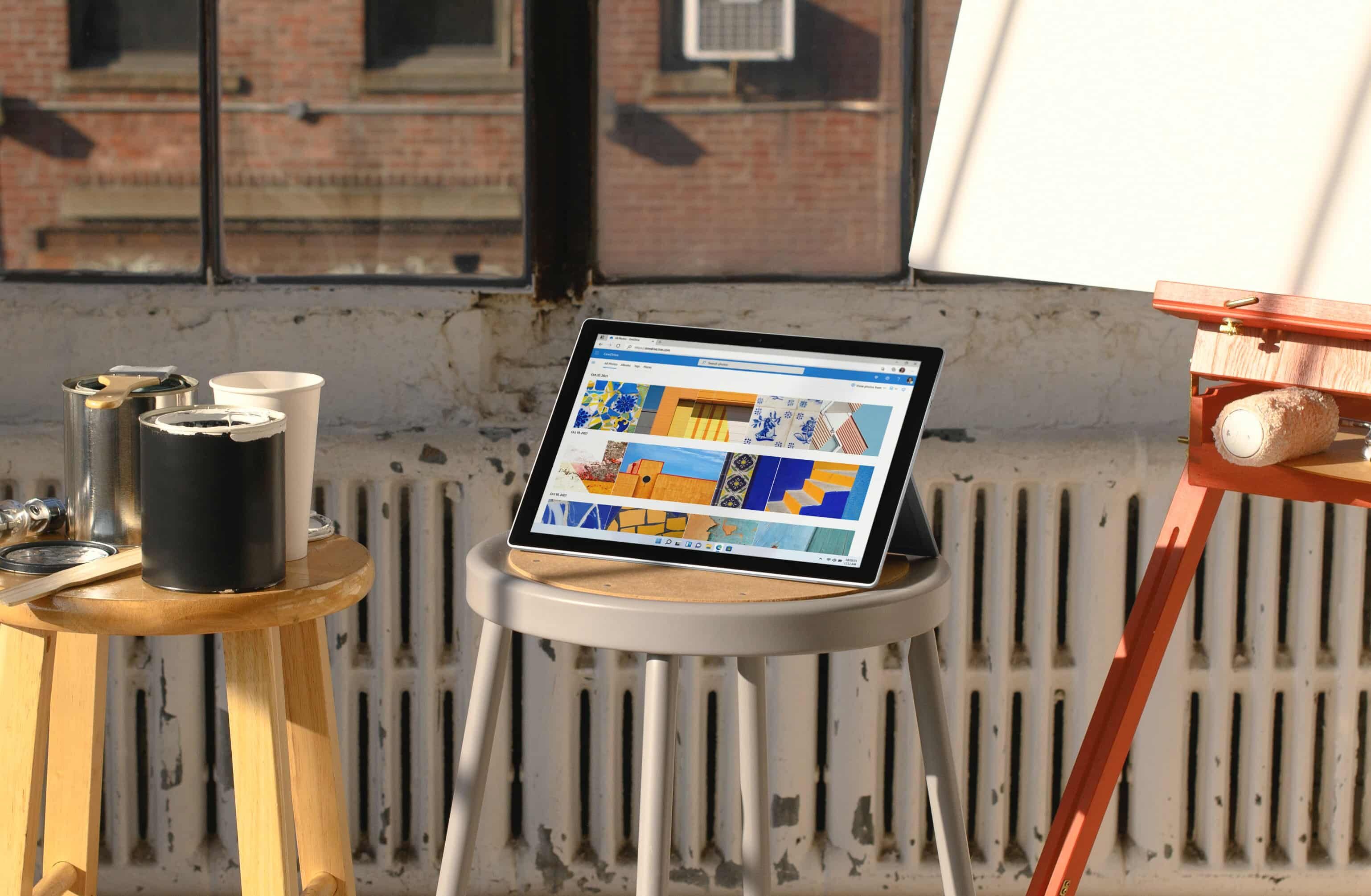News
Have any questions?
Please feel free to contactus. We will get back to you as soon as.
+86-13501581295 +86-13501581295 [email protected]
Tablet Buying Guide: How to choose the right Android tablet for your needs
Android tablets are popular devices that offer a range of features and functions for different users. Whether you want a tablet for entertainment, productivity, education, or anything else, there is an Android tablet for you. But how do you choose the right one among the many options available? Here are some factors to consider when buying an Android tablet:
Size and weight: Android tablets come in different sizes and weights, depending on the screen size and the design. Generally, smaller tablets are more portable and easier to hold, while larger tablets offer more screen space and better viewing experience. You should consider how often and where you plan to use your tablet, and choose a size and weight that is comfortable for you. For example, if you want a tablet for reading or browsing the web, you might prefer a 7-inch or 8-inch tablet that is light and compact. But if you want a tablet for watching videos or gaming, you might opt for a 10-inch or 12-inch tablet that is more immersive and powerful.
Display: The display is one of the most important features of a tablet, as it affects the quality and enjoyment of your content. You should look for a display that has a high resolution, a good brightness, a wide color gamut, and a high refresh rate. The resolution determines how sharp and clear the images and text are on the screen. The higher the resolution, the better the detail and clarity. The brightness affects how well you can see the screen in different lighting conditions. The higher the brightness, the easier it is to use the tablet outdoors or in bright environments. The color gamut measures how many colors the screen can display. The wider the color gamut, the more vivid and realistic the colors are. The refresh rate indicates how fast the screen can update the images. The higher the refresh rate, the smoother and more responsive the animations and motions are. For example, if you want a tablet for watching movies or shows, you should look for a display that has a high resolution, a good brightness, a wide color gamut, and a high refresh rate.
Performance: The performance of a tablet depends on the processor, the memory, and the storage. The processor is the brain of the tablet, and it determines how fast and smooth the tablet can run multiple apps and tasks. The higher the processor speed and the more the processor cores, the better the performance. The memory, or RAM, is the temporary storage that the tablet uses to run the apps and tasks. The more the memory, the more the apps and tasks the tablet can handle at the same time. The storage, or ROM, is the permanent storage that the tablet uses to store the apps, files, and media. The more the storage, the more the data the tablet can hold. You should consider what kind of apps and tasks you want to use your tablet for, and choose a performance level that can meet your needs. For example, if you want a tablet for casual use, such as browsing the web, checking emails, or streaming music, you might be fine with a basic processor, 2GB or 4GB of memory, and 32GB or 64GB of storage. But if you want




